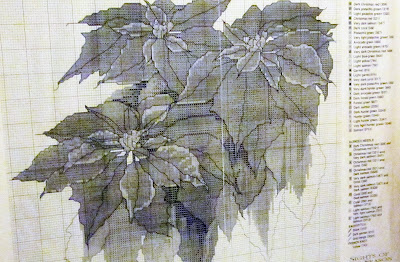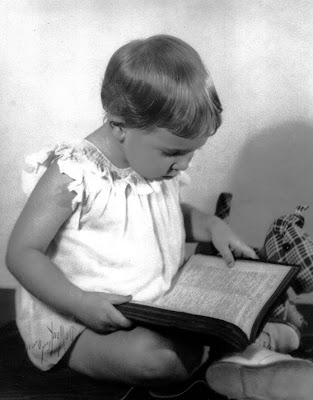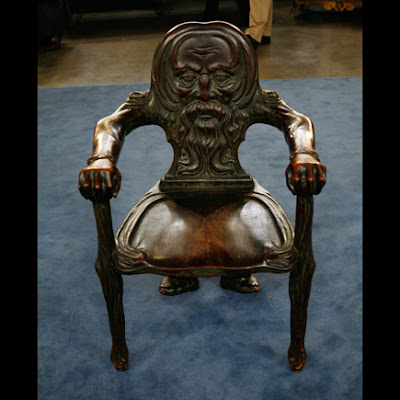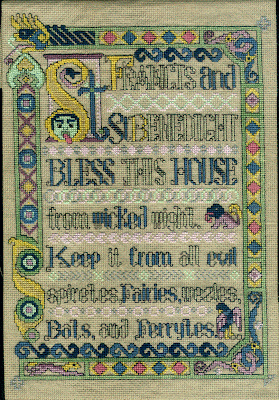
Of all the kinds of handwork I have done over the years, I must admit I've gotten the greatest enjoyment doing counted cross stitch.
The first time I saw it was back in 1976, when a patient came into the office where I was working and started busily poking away on a counted cross-stitch heart. She told me her daughter had just moved from California to North Carolina, where this particular handcraft was very "big." She sent her mom a kit and mom (our patient) was hooked. Although I had tried needlepoint, I hated it and felt that doing those tiny stitches was like doing penance for all the sins of the world. For some reason, this counted cross-stitch looked "do-able" and the client brought a copy of the chart for me at her next visit. From then on, I truly was hooked too.
This story is about a funny thing that happened some time back with one of my projects. I found a beautiful Christmas picture of a cluster of poinsettias in a cross-stitch magazine. It was absolutely gorgeous and I might say very, very complicated and detailed, the kind of work that I loved to do. The picture above is what a tiny portion of the chart looked like when I blew up a section of it on a Xerox machine. In case you don't understand, each square has a symbol in it that represents a certain color that is to be used for the cross in that square of the cloth. My eyes, not being as good as they used to be, needed the magazine pattern to be enlarged a bit, so I xeroxed it section by section.
The picture below shows how intricate the complete pattern was. I loved "intricate" and started in.

I got about a fourth of the first flower done and then it occurred to me that it would be easier if I took the original magazine chart to Staples where the chart could be enlarged onto a single sheet by using a larger machine.
There was a young girl working in that department when I arrived and I told her I needed this enlarged onto a single sheet of paper. I asked if she had a machine that could do it and she said she did. We had a little talk about copyright law infringement but finally agreed that a single print for my own use -- so that I actually could see what I was supposed to be doing -- was ok. She told me she had several jobs before mine and asked that I come back after lunch. I agreed.
When I arrived a couple hours later, she was grinning and said she'd been able to do it on a blueprint machine. She was very pleased with herself.
I should have specified what my understanding of "large" was. She unfurled the paper and here was what I got:

For this photo I asked my daughter to stand beside it so you could have some idea of just how big it was. It was so big that it was totally useless. I went ahead and paid my $3.00 charge, because I knew I was going to get far more than $3.00 worth of fun out of using it as an illustration in the various talks I give on various genealogy topics -- illustrations like "Make sure you are talking about the same thing," "Expecting one thing and getting another," "Creative ways to solve a problem," "Making something good out of a mistake" -- and I've had more than a few laughs when I unfurl this chart in front of my listeners.
I found this chart the other day when I was cleaning out my closet. I'm sorry to say that both it and the actual project that I had started somehow came to naught. I had Jer carry the chart out to the dumpster, since I'm not giving talks any more, and the barely-started project lies tucked away somewhere down in my "to finish" drawer. I have learned that my 76 year old eyes don't do so well on counted cross stitch any more, at least on the size I want to use (For you who understand, I used to work on 22x but now find it hard to see 16x - and 14x is no fun.) But gosh, I have sure had fun with this poinsettia chart!






















